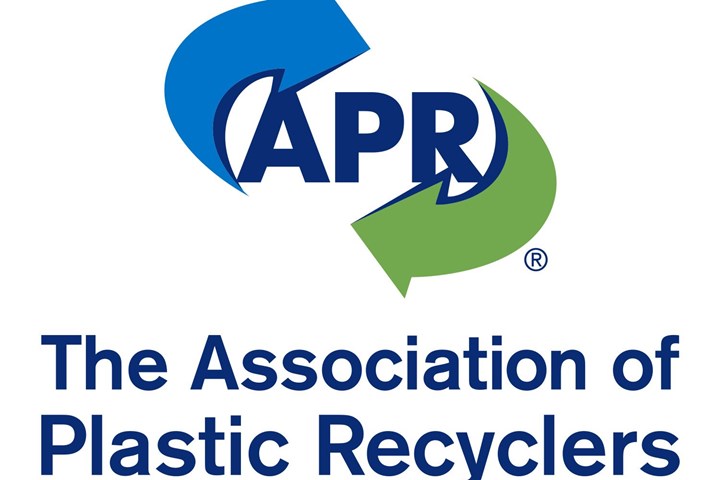Polyplastics' Topas COC Earns APR Recognition for Recyclability with PE Films
APR recognition is geared to flexible multilayered film for stand-up pouches with 15.5% or less COC.
The Association of Plastic Recyclers (APR), Farmington Hills, Mich., has granted Critical Guidance Recognition to Polyplastics USA for flexible multilayered film for stand-up pouches with 15.5% or less Topas cyclic olefin copolymer (COC), including grades Topas 9506F-500, 8007F-600, 7010F-600 and 6013F-04. The APR recognition demonstrates that Polyplastics’ Topas COC is compatible with PE film recycling streams.
The APR recognition is based on the technical recyclability of multi-layered film including COC content with PE films. The film meets or exceeds APR’s FPE-CG-01, Critical Guidance Protocol for PE Film and Flexible Packaging, Path 1.

To support the packaging industry’s movement to a circular economy, Polyplastics is aggressively developing necessary data to support industry-wide sustainability efforts. This APR recognition will allow companies to confidently use COC to enhance the performance of recyclable products. The new recognition follows APR’s critical guidance recognition last year for high-gloss HDPE containers with 20% cyclic olefin copolymer, Topas 8007F-600, outer layer.
Said Polyplastics USA’s market development manager Paul Tatarka, “COC is a highly effective material option that can be used as a strategic component to meet today’s broad sustainability needs. Discrete COC layers in a multilayer structure can be an effective and efficient design option for recyclable flexible films, particularly for stand-up pouches.” Polyplastics is working actively with leading global film manufacturers and brands to develop a range of recyclable packaging applications including stand-up pouches.
Related Content
-
ICIS Launches: Ask ICIS Generative AI Commodities Assistant
Said to be the first of its kind, this AI assistant will enhance access to ICIS’ intelligence and insights for the energy and chemical markets.
-
Prices Up for All Volume Resins
First quarter was ending up with upward pricing, primarily due to higher feedstock costs and not supply/demand fundamentals.
-
What's the Allowable Moisture Content in Nylons? It Depends: Part 2
Operating within guidelines from material suppliers can produce levels of polymer degradation. Get around it with better control over either the temperature of the melt or the barrel residence time.






